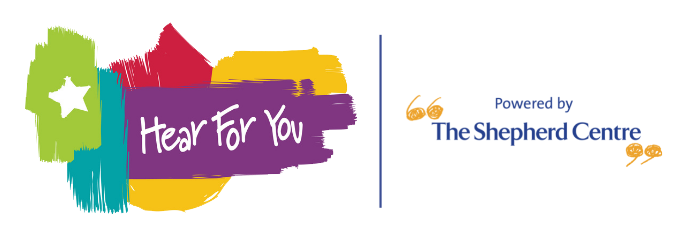Over time there have been debates surrounding deaf culture and the perception of deafness as a disability. The importance of deaf culture and a rising community has skyrocketed and therefore it is important to understand why deaf identity and culture matters.
Many deaf and hard of hearing teenagers (and even those in their later years) may find it difficult to fully understand and establish a sense of identity – specifically, a deaf identity. There is this constant battle between fitting into the hearing world and simply fitting in. It’s important to recognise that living with hearing loss is difficult and complex and that the journey to finding your deaf identity will take time.
The development of deaf identity as a growing concept
Research exhibits that the concept of deaf identity has impacted the psychological wellbeing of those who are deaf or hard of hearing. Neil Glickman (1996) developed a theory surrounding deaf identities, through extensive research, and has come up with four variations of deaf identity. Though it is important to note that your own identity is not limited to these four categories, this is just what has been found to be the most common variations of deaf identities.
- Hearing identity: the individual resonates with the hearing culture and hearing culture only and recognises deafness as a disability.
- Marginal identity: the individual does not identify with the hearing culture or the deaf culture. They remain neutral.
- Deaf identity immersion: the individual has a negative perception of the hearing culture and strongly aligns and identifies with the deaf culture.
- Bicultural identities: the individual identifies themselves to belong within both cultures, the hearing culture and deaf culture.
These four variations of deaf identity have stemmed from research surrounding the concept of identity within deaf and hard of hearing communities.
Why does this all matter?
The technical terminology is not as important to understand, but rather it is important to acknowledge the rise of deaf culture and identity. Identity is becoming more and more fluid and complex within contemporary society, especially among deaf and hard of hearing teenagers.
Even within the deaf community as a while, there are hot debates aabout how the deaf community is represented. Deaf or deaf. Hearing impaired or Deaf. Hard of hearing or hearing impaired. Just these terms alone mean different things to different people within the deaf community itself.
It’s important to understand this:
- Finding one’s deaf identity is one of the biggest challenges that any deaf or hard of hearing individual has to face – alongside the difficulties of living with a hearing loss.
- Navigating between the hearing world and the deaf world is complex, but it’s up to you as to what stance you take
- Your identity is personal to you and should not be influenced by others! It’s important to respect and understand your own needs and wants as a deaf and hard of hearing individual.
The path to identity is long and scary, but that’s why there are so many support options available (including our Hear For You workshops, programs and mentors).




